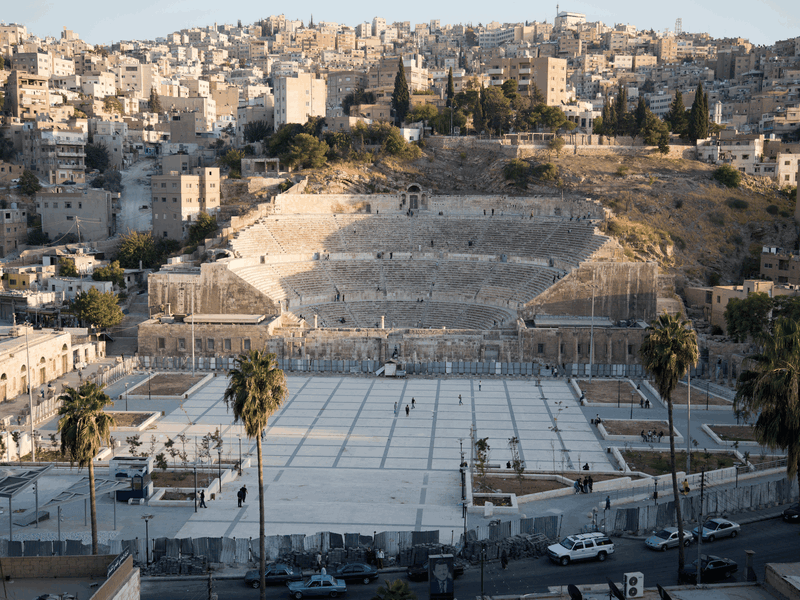Exploring Wadi Faynan: Unveiling Ancient Copper Heritage
Nestled 250 kilometres southwest of Amman, the historical treasure trove of Wadi Faynan has transcended time as a hub of copper ore. Unearthed from the depths of history, this site flourished in antiquity, leaving behind remarkable legacies.
According to distinguished American Professor Thomas Levy, evidence of copper exploitation in Wadi Faynan emerged during the Pre-Pottery Neolithic C [PPN] era, roughly spanning from 7,200 BC to 6,250 BC. During this period, the vibrant copper ore of Faynan was meticulously transformed into exquisite beads and crushed to create vibrant color pigments, adorning the splendid Pre-Pottery Neolithic C plaster statues discovered at ‘Ain Ghazal near Amman. Professor Levy emphasized that the intricate process of trading beads and ores during that epoch remains shrouded in mystery.
Professor Levy and Jordanian archaeologist Mohammad Najjar embarked on a groundbreaking expedition to Wadi Faynan. Their pioneering efforts marked a shift towards embracing digitized recording techniques in the southern Levant, revamping the field of archaeology. Commencing this venture in 1997, Professor Levy’s aspirations centered on comprehending the dawn of the “metal revolution,” offering insight into early metal production systems.
The monumental excavations conducted by Levy and Najjar’s team in 1999 and 2000 yielded a trove of discovery. Among the finds were fragments of casting molds and complete molds designed for crafting ingots, axes, adzes, and pins. Their research unveiled a vibrant copper trade network spanning the southern Levant, with Egypt emerging as a key trading partner. Intriguingly, the Iron Age witnessed an unprecedented surge in copper mining, smelting, and trading, surpassing even the renowned Roman era in scale.
This epoch corresponded with the Biblical era, as Professor Levy highlighted. Prior to this, during the Late Bronze Age (approximately 1550 – 1200 BC), Cyprus held sway as the primary copper producer in the eastern Mediterranean. Yet, the tides shifted around 1200 BC, as the foundations of eastern Mediterranean civilizations crumbled—parallels can be drawn to our contemporary challenges. This upheaval disrupted copper production in Cyprus, paving the way for emerging powers like the Philistines, Israelites, Moabites, Edomites, Midianites, and Phoenicians to seize the reins of influence.
In this scenario, the Edomites took center stage in the Faynan region. Nurtured by the burgeoning copper industry, they fostered a complex society during the Iron Age. The epicenter of this activity was Khirbet en-Nahas (KEN), aptly translating to the “Ruin of Copper.”
A significant milestone was reached with the excavation of Wadi Fidan 40, the sole Iron Age cemetery in southern Jordan dating back to the 10th century BC. Collectively, these sites and the expansive Faynan district stand as Jordan’s cherished heritage. Levy fervently advocates for their preservation and recognition as a UNESCO World Heritage site—an enduring testament to the legacy of ancient mining and metallurgy.





